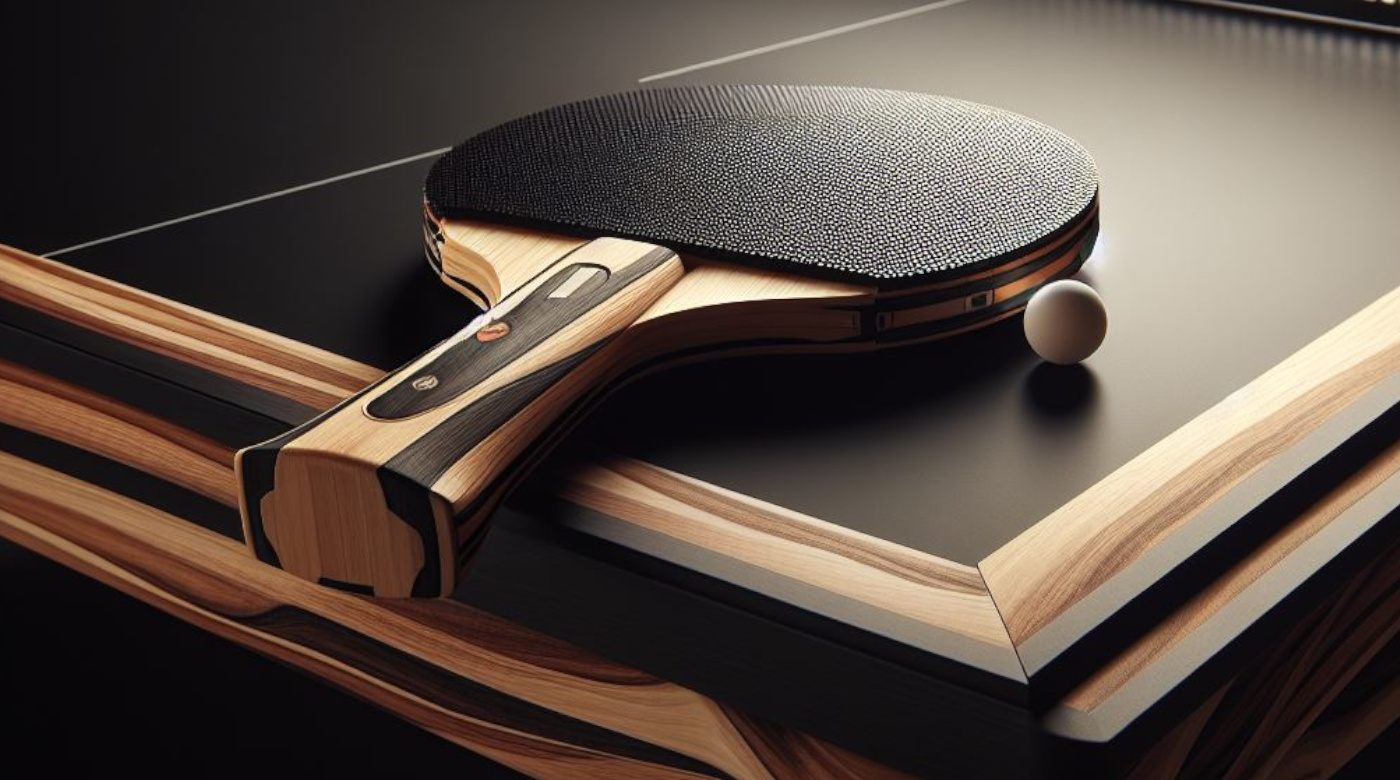Your cart is currently empty!
An Olympic discipline since 1988, table tennis is a sport invented at the end of the 19th century in England by high Victorian society. This sport now has millions of followers, professionals or amateurs. Discover the history of table tennis, its beginnings, its evolution, and the evolution, of the racket, the table and the ball.
We agree that the idea of the game came from England, during a dinner in the 19th century, to show some tennis shots. And we organized like this:
The “field”, the dining table,
The ball, a cork of champagne,
Cigar boxes as rackets,
and finally, books to materialize the net.
Table tennis was born !
It gained popularity thanks to the harsh winter climate which deterred tennis players from practicing their sport outdoors. Alternatives were sought indoors to lead to a rudimentary table game which should be a great success and develop as a real sport and leisure discipline, popular all over the world.
Regulations and creation of the International Federation
After these festive beginnings, table tennis experienced a slump during the first part of the 20th century. Then, from 1920, with the homogenization of the rules of the game, there was a resurgence in the popularity of the sport. In 1926, the International Federation, the ITTF, was created in Berlin and the first world championships were organized in England.
In general and until the 1950s, it was the Europeans who dominated the international championships. Thus, in 1936, some changes to the rules of the game, as well as the height of the net and the painting of the tables slowed down the game, which made it more difficult for the attackers.
Rubbers and Asian Domination
Then, from the 1950s, a great technological change occurred in rackets: a foam rubber was added which notably enabled the Japanese Hiroji Satoh to win the 1952 world championships with a game containing more effects. Table tennis became very popular in Asia and players from countries like China, Japan or Korea began to dominate the international podiums.
From the 70s, a new material brought a change in the game. Experiments were conducted with tire repair glue which resulted in even greater speed and spin. These innovations are attributed to Dragutin Surbek, Yugoslav, and Tibor Klampar, Hungarian.
Advent of Sweden
China had been dominating for several decades when in the 1980s the Swedes entered the fray: they won team tournaments in 1989, 1991 and 1993 as well as two world championship titles in 1989 and 1991 for men.
Table tennis becomes an Olympic discipline
After growing in popularity throughout the 20th century and around the world, it only made sense for table tennis to become an Olympic sport. It was therefore in 1988 that the first games were held in Korea, in Seoul. Now, there are no less than 875 million players worldwide. And more than 200 countries participate in the activities of the International Federation !
Table tennis or ping pong? A bit of etymology…
The term “ping-pong” refers to this popular sport in everyday life. However, it is not used in official texts. It would come from the 19th century. Indeed, it would be an onomatopoeia referring to the sound caused by the contact between the ball and the racket “Ping” and that of the ball and the table, more muted “pong”. The latter was deposited worldwide at the end of the 19th or the beginning of the 20th century by John Jacques of Croydon. Other companies in the sector therefore had to refer to this sport by the term table tennis. But the now-obsolete term “indoor tennis” was also used, as opposed to outdoor tennis.
From now on, we rather reserve the term ping-pong for the leisure activity and the term table tennis for the sport.
History of table tennis and evolution of equipment
As you can imagine, equipment, rackets, balls or tables have evolved a lot over the 140 years of table tennis history.
Starting from a dinner table, cigar boxes and champagne corks, table tennis players now benefit from state-of-the-art technical products, constantly improved and whose evolution is monitored and controlled at least for competition. , by the federation.
Rackets
According to the available references, the first snowshoes were as we mentioned, to say the least rudimentary. According to the available references, the first snowshoes were But with the resurgence of popularity of the activity, ingenuity quickly took precedence over improvisation. We began to develop all kinds of rackets as evidenced by the collection of the Lausanne table tennis museum:
strings similar to tennis rackets,
leather membranes stretched over a wooden frame,
solid wood rackets of various shapes and species,
resulting in the lightweight, high-performance racquet we know today.
The balls
As with the racquet, the ball undergoes many changes. Indeed, the cork or rubber ball was really too unpredictable. It is only later that it acquires characteristics more suited to the game. In 1901, James W. Gibb, discovers 38 mm cellulose balls which seem to him perfect for playing. They quickly became the norm until the 2000s when the diameter of the ball increased to 40mm. Finally, from 2014, the balls are made of plastic for safety reasons.
The table
The starting table was a dinner table because the game arises, remember, social evenings. Several forms of rigid nets were improvised in the form of planks. And finally, we created tables specific to the activity.
You can find all kinds of tables and even old tables with side nets to collect lost balls ! Today the table tennis table must be legal.
Featured Image by MAmba Blades “Table Tennis History”


